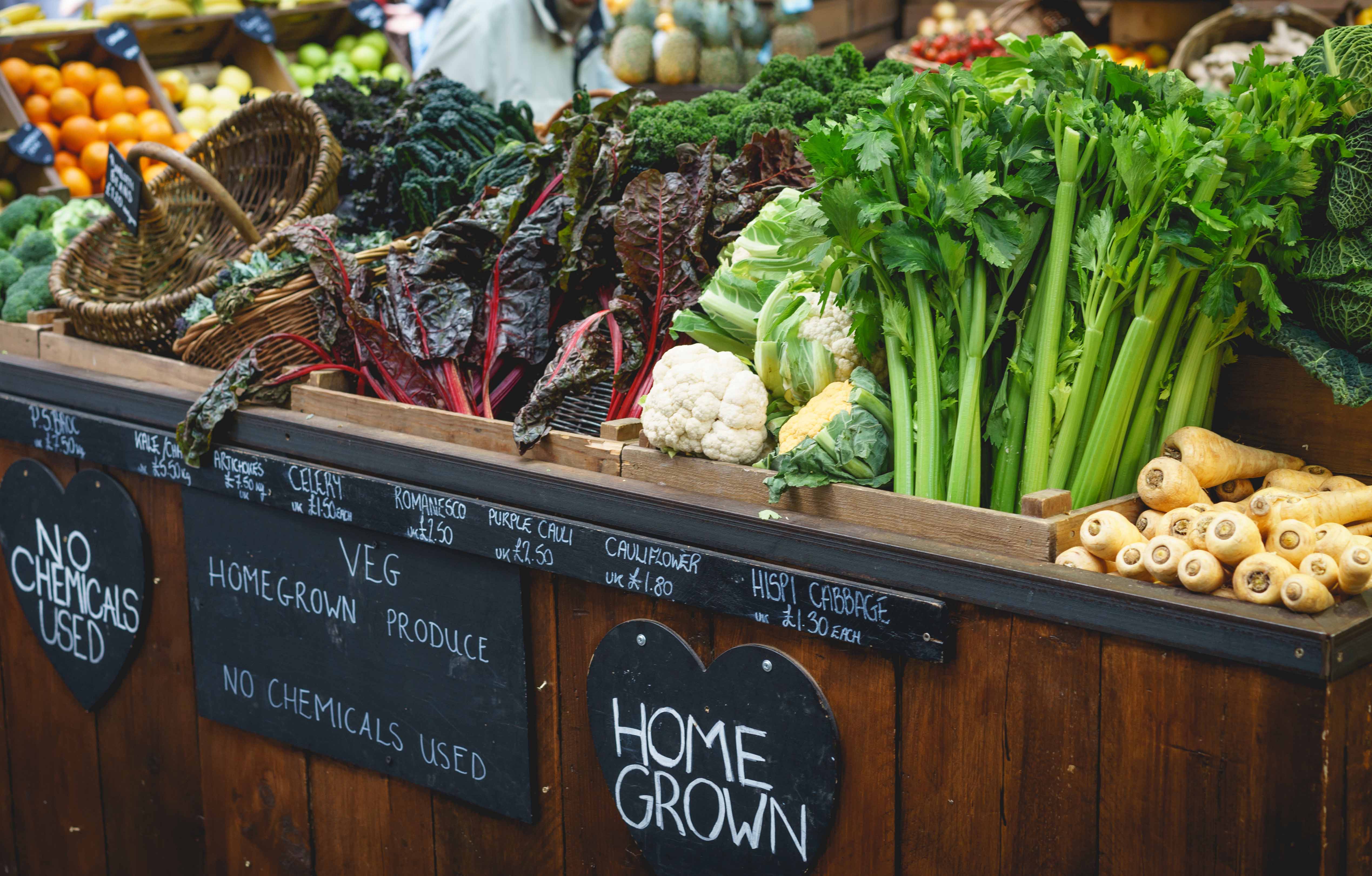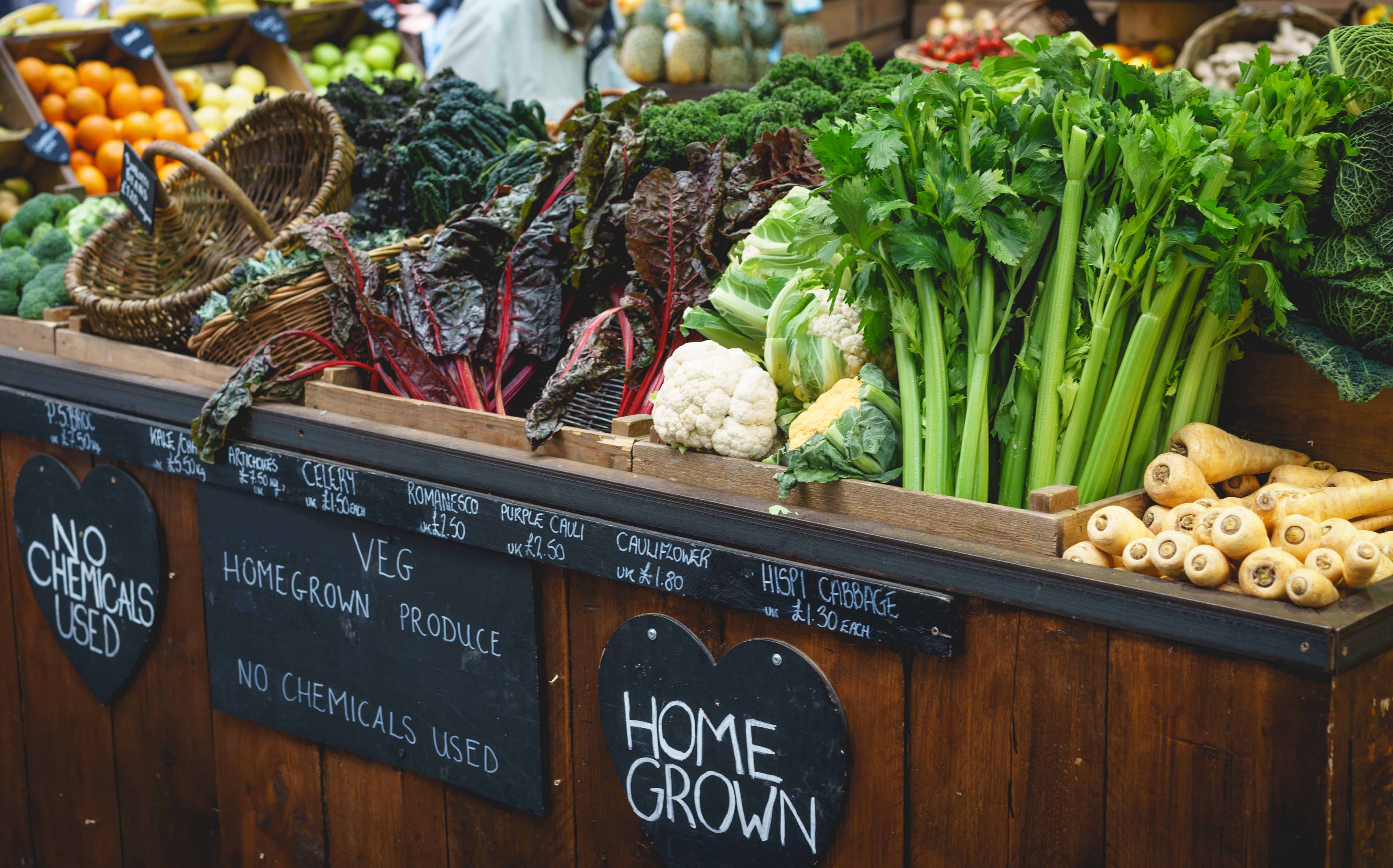Let’s go to the farmer’s markets


Farmer's markets are a fabulous and fun way to shop for locally grown produce and artisan foods that have been made in small batches with quality ingredients. Supporting your local farmer's market also puts money directly into the hands of the people who are working hard to keep their small farms and businesses afloat. Gone are the days when farmer's markets could only be found out in the countryside, these days many cities have adopted their own urban versions of these popular destinations. Although winter farmer’s markets can be found all over Canada, it's during the springtime that they begin to open up in large numbers. Offering so much more than locally grown produce; modern farmer's market fixtures can include cheeses, meats, baked goods, fresh flowers, eggs, and even frozen dessert. Finding the closest farmer’s market has never been easier thanks to the internet, there are even apps you can download that will locate all the markets in your area. Check out Locavore, Farmstand, or Alberta Approved Farmers’ Market. Planning a trip to the farmer’s market has never been easier and the following tips will ensure you have a successful visit that will fill your kitchen with all that the season has to offer.
Get there early
When it comes to visiting farmer’s markets, the earlier the better. Plan on being there when it first opens and you’ll have the first pick of everything; the sweetest tomatoes, the ripest peaches, and still sun-warmed melons will all be yours for the buying.
Bring a bag (or three)
Not all vendors will be able to provide bags for your purchases; in fact, many farmer’s markets have banned plastic bags. A couple of sturdy cloth or net bags will easily do the trick for most purchases, a small cooler is advantageous if you plan on buying anything that needs to be kept cold.
Ask for a taste
Curious about how something tastes? Ask for a small sample! Most vendors are more than happy to let you try their wares. Just make sure to follow farmer’s market protocol and stick to one sample per person unless additional samples are offered.
Keep cash handy
Cash is still the preferred currency at the farmer’s market so be prepared to forgo your debit or credit card. Credit card transaction fees are hefty additional costs for the farmer, which can lead to an increase in price on their goods to offset the cost. However, apps that process credit card transactions are slowly being introduced into some stalls so check with your vendor if in doubt.
Keep cool
If the thought of being out in the hot summer sun feels daunting, consider the fact that ice cream, frozen yogourt, and even gourmet popsicle stalls have become a mainstay for many farmer’s markets. Small-batch frozen treats are on trend at the moment so expect everything from classic flavours to the unexpected.
What's in season
In general, the contents of any given stall at the farmer's market will be heavily influenced by what's currently in season. Heirloom varietals are delicious and photo-worthy additions to summer salads so make sure to ask your vendor what’s currently available. Since this produce is picked at the height of its natural ripening period it doesn’t require very much preparation to make it taste incredible, these are the fruits and vegetables you really want to showcase in a way that allows their true flavour to shine through.
May
Asparagus, carrots, radishes, winter root vegetables, kale, collards, arugula, rhubarb.
June
Strawberries, peas, green beans, lettuce, beets.
July
Tomatoes, new potatoes, melons, cherries, garlic, plums, raspberries, sweet peppers, celery, cucumber, blueberries, corn.
August
Zucchini, yellow squash, peaches, nectarines, onions, eggplant, cauliflower, broccoli.
September
Pumpkins, grapes, apples.
